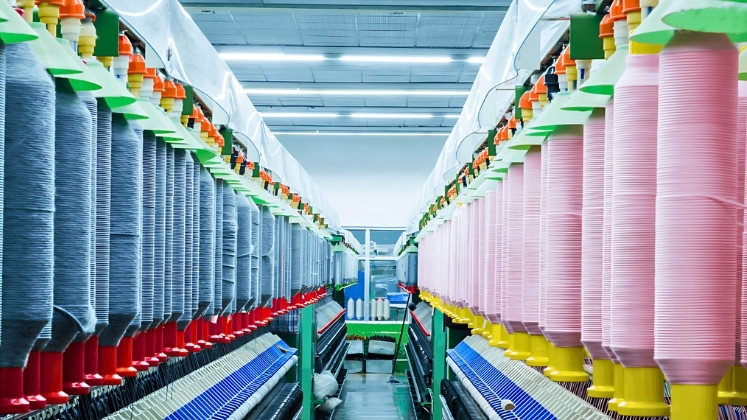
India's textile industry, a major contributor to the nation's economy, is facing a formidable challenge: soaring fiber prices. The cost of key fibers like cotton, polyester, and viscose is significantly higher in India than in the international market, jeopardizing the industry's ability to compete globally.
Reasons for higher domestic prices
There are several factors behind the price rise of fibers and they vary for cotton and MMF fibers. For cotton for example, erratic weather patterns, pest attacks, and supply chain disruptions have impacted production in India, leading to reduced supply and higher prices. Also, the government's minimum support price (MSP) for cotton contributes to keeping domestic prices high.
For MMF fibers like polyester and viscose, prices are influenced by the cost of crude oil, which has been volatile in recent times. Moreover, India's dependence on imports for certain raw materials used in the production of these fibers exposes the industry to fluctuations in global prices.
Table: Price disparity, a closer look
|
Fiber type |
Domestic price (July 2023) |
International price (July 2023) |
Price differential |
|
Cotton |
₹75,000/candy (approx.) |
₹61,000/candy (approx.) |
23% higher |
|
Polyester Staple Fiber (PSF) |
₹120/kg (approx.) |
₹83/kg (approx.) |
45% higher |
|
Viscose Staple Fiber (VSF) |
₹180/kg (approx.) |
₹150/kg (approx.) |
20% higher |
Source: Industry estimates, Deccan Chronicle
Import hurdles
India's stringent Quality Control Order (QCO) mandates that all imported fibers must meet specific quality standards and obtain certification from the Bureau of Indian Standards (BIS). This process is time-consuming and expensive, discouraging imports and limiting competition in the domestic market.
Perhaps that is why, Chinese fiber known for its competitive pricing, struggles to enter the Indian market due to delays in obtaining BIS certification. This creates a supply shortage, driving up domestic prices.
As Sanjay Jain, Managing Director, TT Textiles opines, the price differential is making Indian yarn and value-added products less competitive in the international market. Industry experts also point out India’s competitors’ like Bangladesh, Vietnam, and Pakistan benefit from preferential trade agreements with major markets, giving them a further advantage over India.
The bottomline is, high cost of fibers is a major roadblock for Indian textile industry’s growth. Unless addressed promptly, this issue could lead to a decline in exports, job losses, and a loss of market share to competing nations. Policymakers need to consider measures to stabilize domestic fiber prices, streamline import procedures, and explore alternative sources of raw materials to ensure the industry's long-term sustainability.












